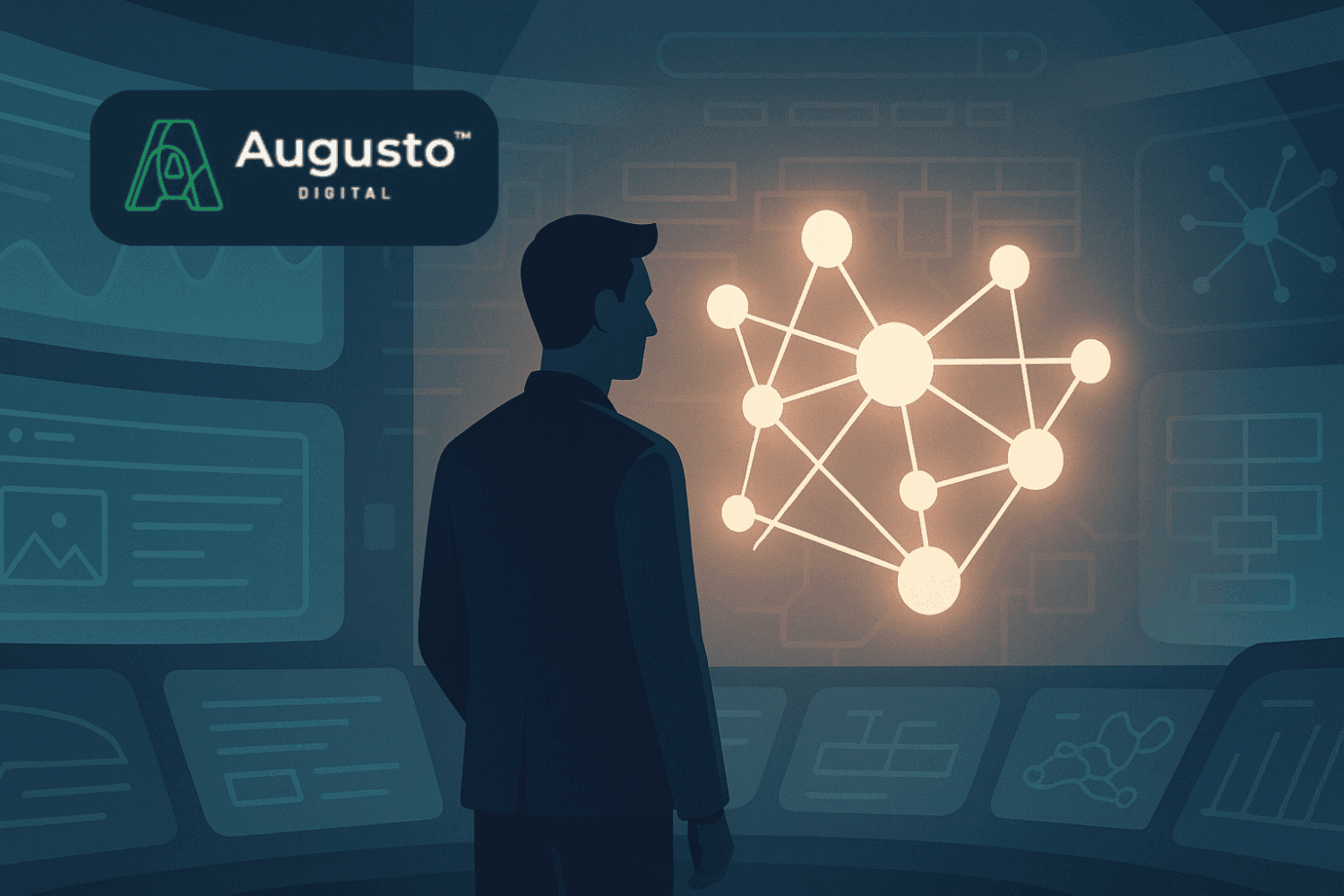Search behavior has fundamentally changed. Large Language Models (LLMs) are replacing traditional keyword matching with contextual reasoning. If your content isn’t aligned with this shift, you’re invisible. To compete in modern search, SEO must evolve into a precision discipline centered on semantic understanding and user intent.
This article outlines actionable steps to adapt your SEO strategy to LLM-based indexing, leveraging Augusto’s Digital Pace Framework for phased implementation.
Understanding LLM Impact on SEO
LLMs used by search engines (e.g., Google, Perplexity) now prioritize:
-
Google’s Helpful Content update underscores this shift toward rewarding pages with deep, audience-focused content.
-
Contextual Depth: Evaluating content holistically, not by isolated keyword matches.
-
Semantic Relevance: Surfacing pages that demonstrate subject-matter authority across related terms.
-
Intent Matching: Delivering results based on user goals, not just query syntax.
Old SEO vs. New SEO
Traditional SEO focused heavily on keyword density, backlinks, and static content structures. In contrast, modern SEO aligned with AI and LLMs prioritizes semantic coverage, topical authority, and structured data optimized for contextual understanding.
Key differences:
-
From Keywords to Concepts: Instead of optimizing for specific phrases, modern SEO emphasizes covering broader topics and related entities to build subject-matter depth.
-
From Link Quantity to Authority: High-quality, authoritative content that earns trust and signals expertise now matters more than sheer backlink volume.
-
From Static to Structured: Search engines now prefer structured, schema-enhanced content that can be easily parsed and indexed by AI systems.
-
From Term Matching to Intent Matching: Optimization now requires anticipating the user’s goal and aligning content structure and language to that outcome.
Strategy 1: Build Intent-Driven, Semantic Content
Use AI to identify and fill topic gaps in your niche:
-
Mine long-tail queries from tools like AlsoAsked or SearchAtlas.
-
Group content by user journey stage (awareness → consideration → decision).
-
Apply schema markup (e.g., FAQ, HowTo) to surface in rich results.
Example: For a mid-size manufacturing company producing custom automation equipment, instead of optimizing only for “automation machinery,” create:
-
Educational explainer: “What Is Custom Industrial Automation and Who Needs It?”
-
Process deep dive: “How to Streamline Factory Operations With Bespoke Automation Solutions”
-
Conversion asset: “Why [Product] Reduces Downtime and Maximizes ROI for Mid-Size Manufacturers”
Strategy 2: Prioritize UX and Crawlability
-
Ensure page speed and responsive design (core web vitals).
-
Maintain clean semantic HTML (headings, ordered structure).
-
Submit dynamic sitemaps and use canonical tags correctly.
-
Optimize internal linking around semantic clusters, not page depth.
Applying the Digital Pace Framework
Augusto’s phased approach to innovation, the Digital Pace Framework, structures SEO modernization into iterative layers of implementation:
Rumble: Map user intents and create a semantic site structure. Run stakeholder workshops to align business goals with search behavior.
Quick Wins:
-
Retitle high-traffic low-CTR pages.
-
Add schema markup to 10 core URLs.
-
Fix thin or duplicated content issues.
Accelerate:
-
Build a semantic knowledge graph from your site content.
-
Deploy content ops workflows tied to search data and LLM indexing behavior.
-
Automate performance tracking via Looker or Metabase dashboards.
Conclusion
Adapting SEO for LLM indexing is not a trend. It is survival. Organizations that align content with user intent, invest in semantic architecture, and operationalize updates with AI-assisted workflows will own future visibility.
Augusto’s Digital Pace Framework gives you a framework to move from tactical fixes to systemic advantage. The shift is already underway. Are you adapting fast enough?
Let's work together.
Partner with Augusto to streamline your digital operations, improve scalability, and enhance user experience. Whether you're facing infrastructure challenges or looking to elevate your digital strategy, our team is ready to help.
Schedule a Consult

